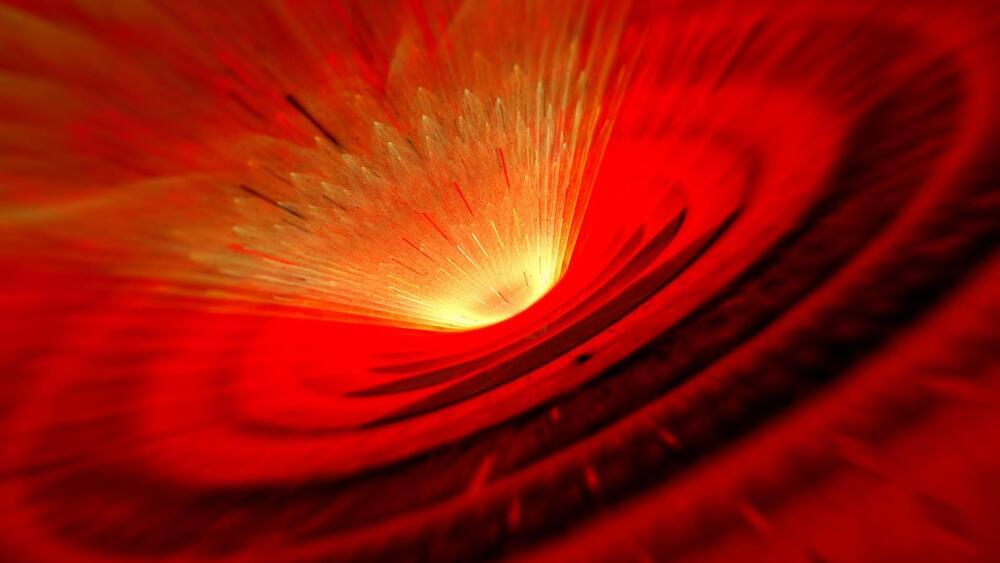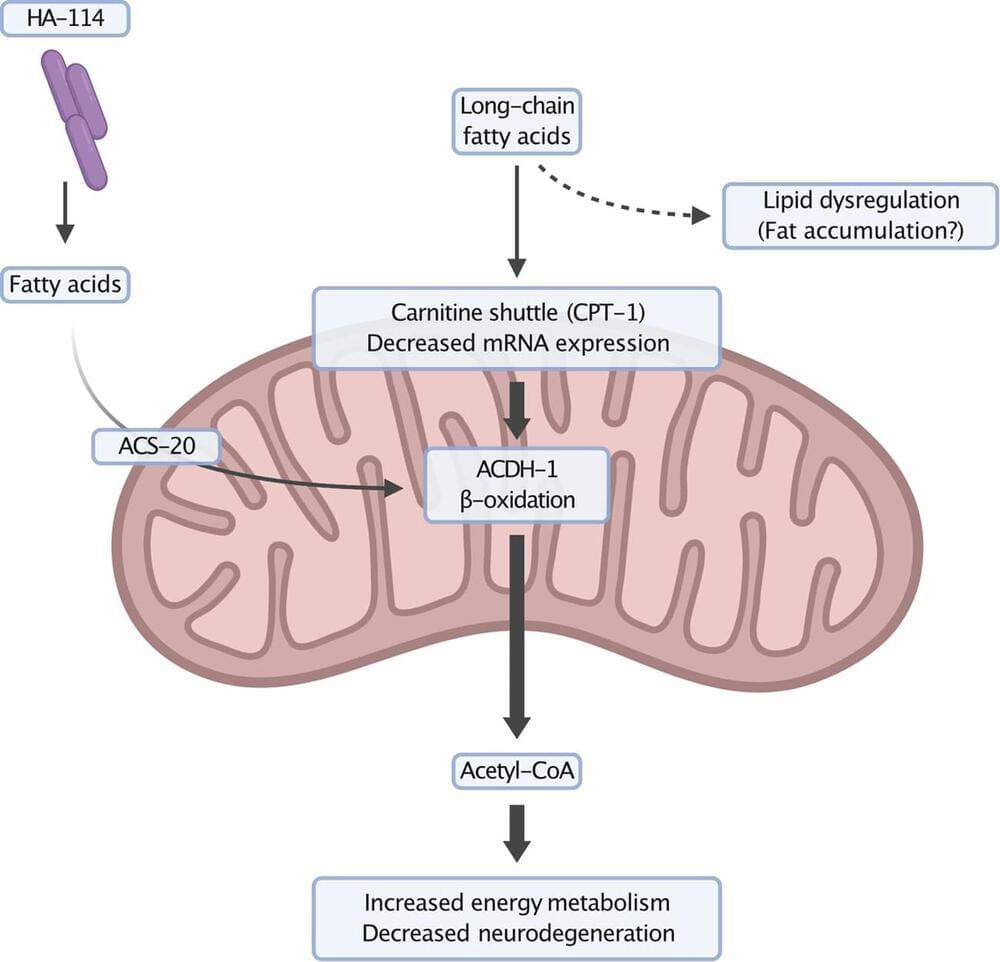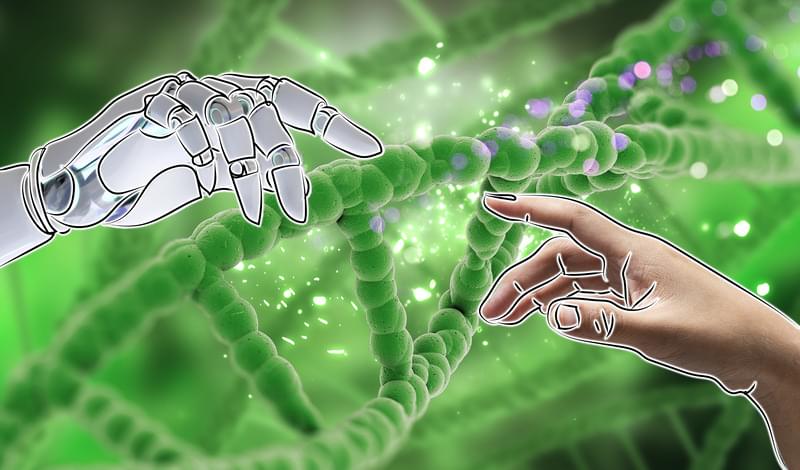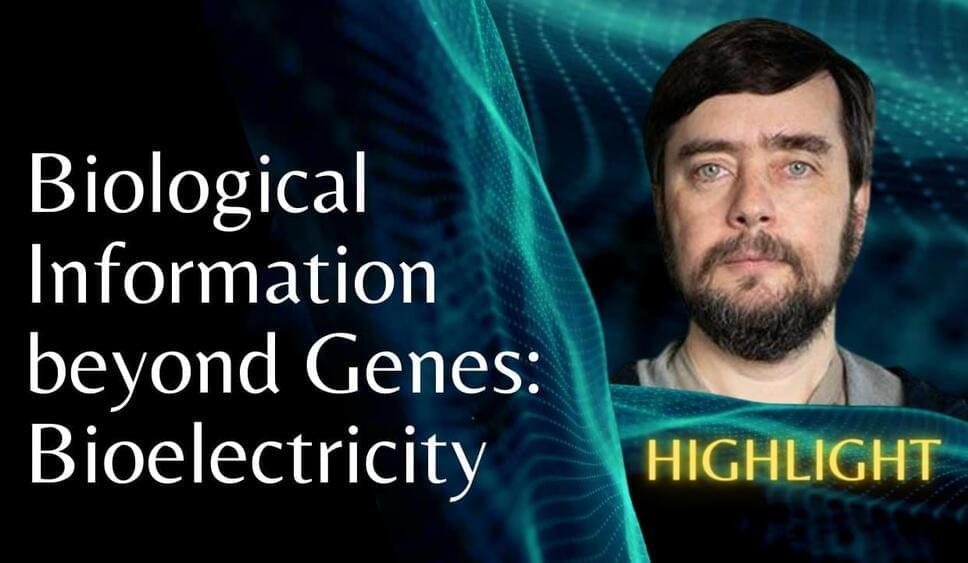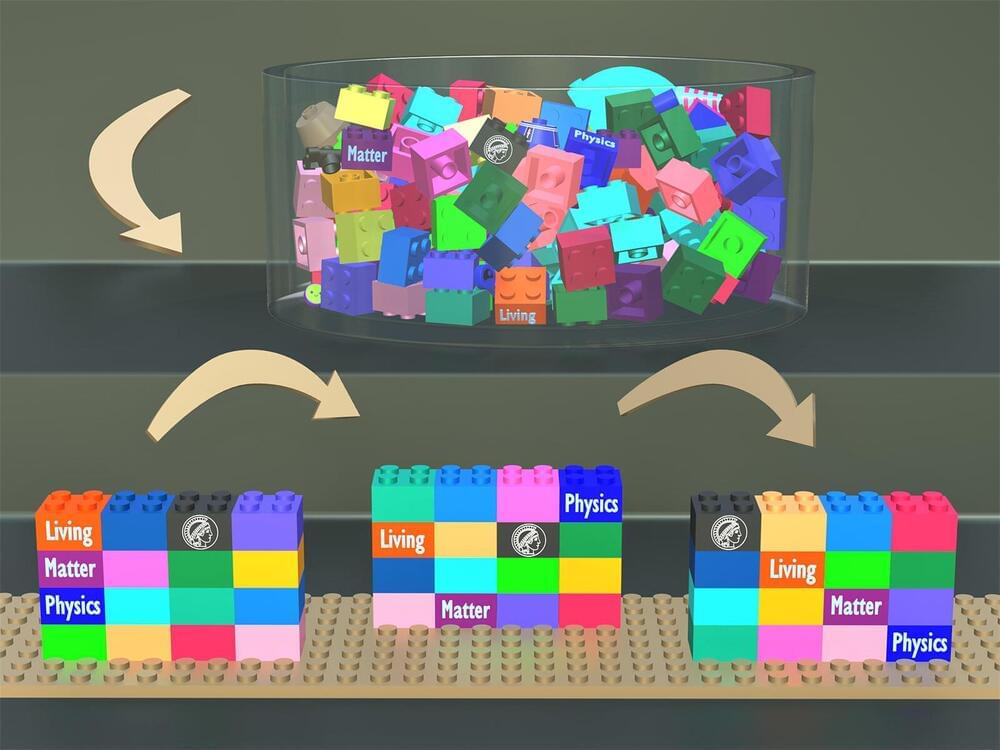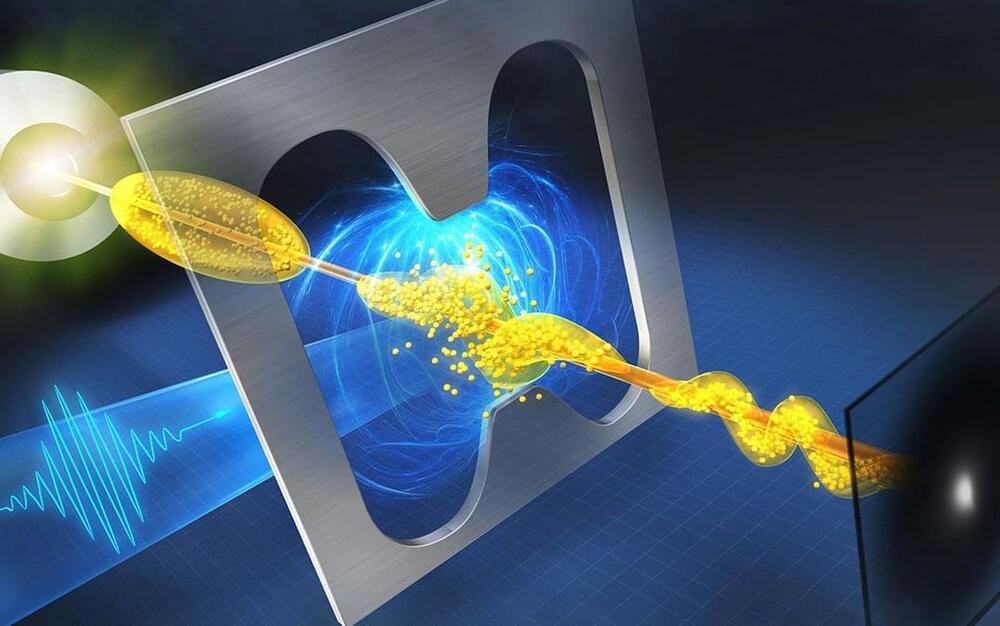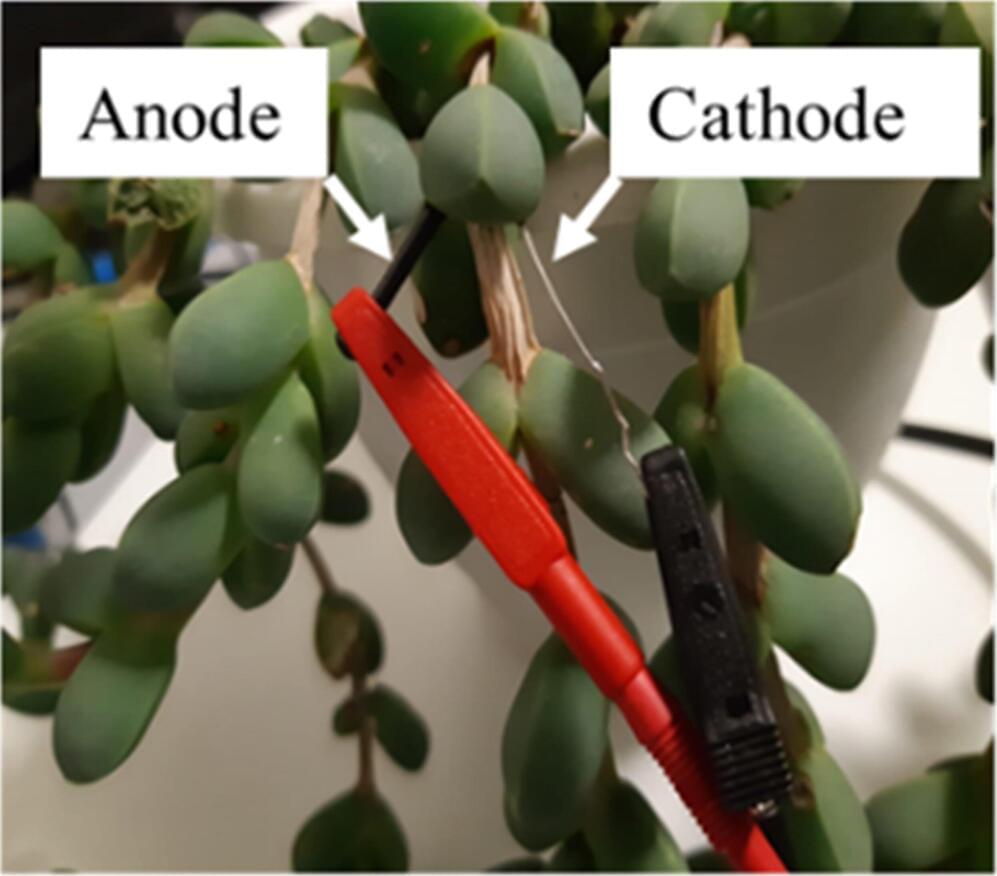Dec 20, 2022
Kent team creates material that can stop supersonic impacts
Posted by Omuterema Akhahenda in categories: bioengineering, biological, physics, space
A Kent team, led by Professors Ben Goult and Jen Hiscock, has created and patented a ground-breaking new shock-absorbing material that could revolutionise both the defence and planetary science sectors.
This novel protein-based family of materials, named TSAM (Talin Shock Absorbing Materials), represents the first known example of a SynBio (or synthetic biology) material capable of absorbing supersonic projectile impacts. This opens the door for the development of next-generation bullet-proof armour and projectile capture materials to enable the study of hypervelocity impacts in space and the upper atmosphere (astrophysics).
Professor Ben Goult explained: ‘Our work on the protein talin, which is the cells natural shock absorber, has shown that this molecule contains a series of binary switch domains which open under tension and refold again once tension drops. This response to force gives talin its molecular shock absorbing properties, protecting our cells from the effects of large force changes. When we polymerised talin into a TSAM, we found the shock absorbing properties of talin monomers imparted the material with incredible properties.’
